Roman Catholics Say The Darndest Things

As I mentioned a few days ago, I have issued an open invitation to my friends to come with me to a Byzantine parish on Saturday, 29th June to celebrate the Feast of St. Peter and St. Paul (if you’d like to come, just let me know).
I have already written quite a bit about the byzantine tradition and about my first visit to this parish, but I thought I’d put together a couple of short posts identifying some of the liturgical differences which may be encountered by my Roman Rite friends while on their visit at the end of the month.
I’ll finish the list in a few days, but here are numbers 1-10 for Roman Catholics Say The Darndest Things:
1. “Why does the outside of the building look so weird? Is it a mosque?!”
Eastern and western churches have different architectural styles, so expect to see domes rather than a spire.
2. “Where are the statues?”
Rather than statues, expect to see icons and expect to see them everywhere! You’ll see them on every wall and all across the ceiling. There is also an icon screen (“iconostasis”) which separates the main body of the church from the Sanctuary.
3. “Where are the confessionals?”
The Sacrament of Penance is a little different here. Confessionals are not used. Instead, it is done at the front of the church before the icon of Christ.
4. “Why is nobody genuflecting?”
Arise! Rather than genuflecting, one makes the sign of the cross three times. Speaking of the sign of the cross…
5. “Why are you doing the sign of the cross weird?”
In the Eastern Church, the sign of the cross is made firstly to the right shoulder and then the left. As far as I can tell, this is the older form. It seems that, in the West, the congregation started mirroring the priest when he blessed them, thereby moving to the left shoulder first and then the right.
There is also additional symbolization. One draws together thumb and first two fingers to symbolize the Trinity and the final two fingers (ring and little finger) to symbolize the two natures of Christ.
The sign of the cross will be made a lot during the service, typically whenever the Trinity is mentioned (which is a lot!).
6. “Why does the priest have his back to us?”
You may have seen something similar if you have attended a Roman Rite Mass of the Extraordinary Form. It’s not so much that the priest has his back to the congregation, rather he is leading us in prayer. Additionally, we are all thereby facing east, towards the light, the “Sun of Righteousness” (Malachi 4:2).
7. “Are we in a Broadway show?! There’s so much singing!”
Virtually everything in the liturgy is sung in unaccompanied chant, adorning the words of our prayers with melody. Only the homily and a short prayer before communion are spoken.
8. “What’s with the bells and smells?”
If you go to a “high” Roman Mass, the “thurible” which produces a sweet-smelling smoke of incense will be a familiar sight. It is the same in the East, except that there are bells attached, which harkens back to the Jerusalem Temple where the priest would wear bells while offering incense in the Holy Place. If you count them, you’ll there are twelve bells on the thurible representing the Apostles. One of the bells has no clanger, representing Judas.
9. “Why is the liturgy so different?!”
If you look carefully, you’ll notice that a lot of what is said and done actually does have a parallel in the Rome Rite Mass. However, this is the Divine Liturgy of St. John Chrysostom and is therefore going to be a little different!
10. “This is all very weird. You’re sure this is Catholic, right?”
Yes, it’s definitely Catholic. You can receive the Eucharist and everything! This is an Eastern Rite Church in full communion with the Pope in Rome. You’ll even see his picture in the foyer (“narthex”). In fact, Pope Francis’ love of the Eastern liturgies is well documented.
So that’s numbers 1-10 done. Click on the link below to see 11-20…
Part 1 | Part 2
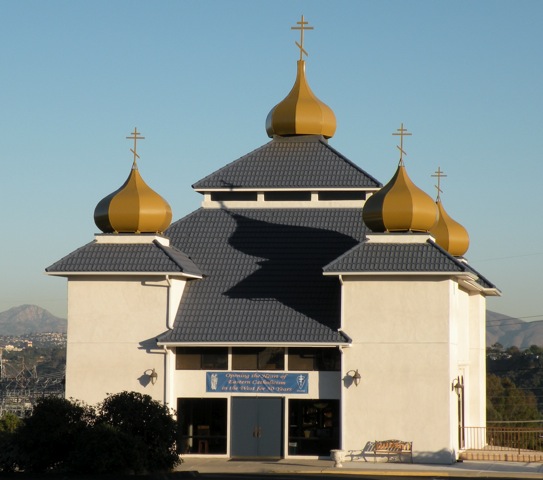

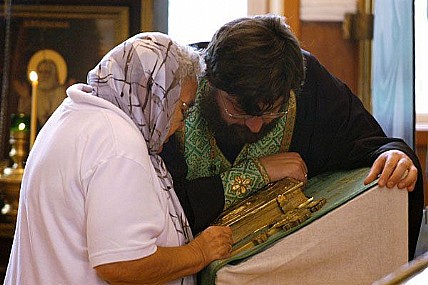
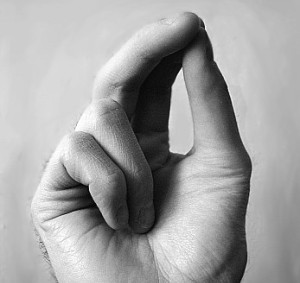

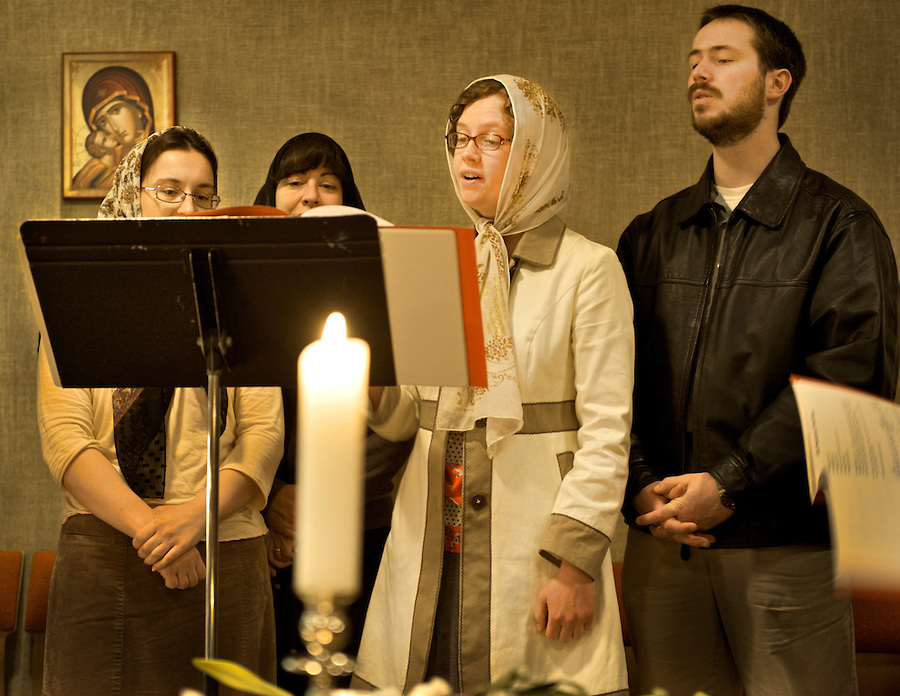
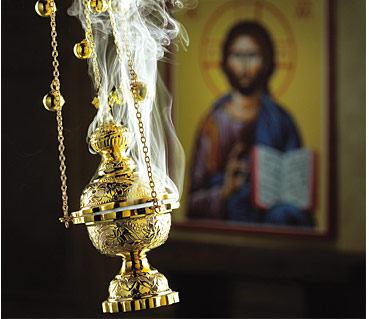


Pingback: An Excellent Introduction: Roman Catholics say the darndest things | Symposium
Pingback: FRIDAY BYZANTINE EDITION | BigPulpit.com
Excellent article, except please change the title to “Latin-Rite Catholics Say the Darndest Things”.
“Roman Catholic” is a pejorative term invented by seventeenth century Anglicans as a term of abuse implying that Catholics are traitors to both the “true church” and to their country. It is a term unknown outside of the English speaking world and is never used officially by the Catholic Church, except in joint statements with the Anglicans. Most Catholics find the term offensive.
Sorry, you belong to the Church of Rome, so you’re a Roman Catholic.
I cannae believe anyone would need to even ask these questions or even have them explained. Doesn’t anybody read or learn about anything outside their own little worlds?
I came across a similar article over here which I really enjoyed.